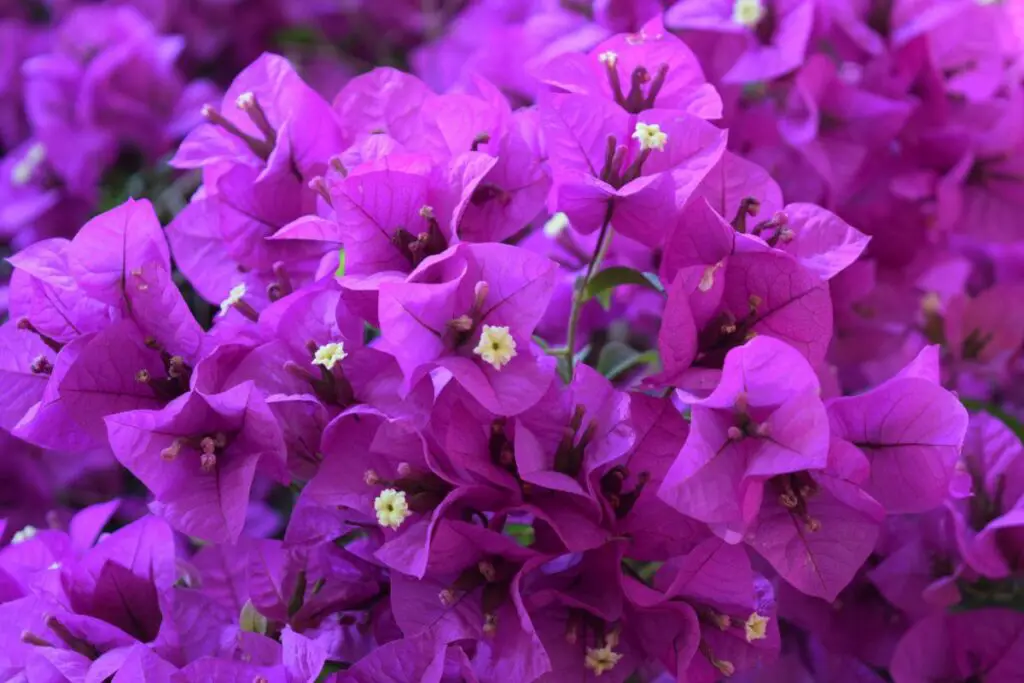Purple often carries a sense of mystery and intrigue, doesn’t it? You might have noticed how it tends to pop up in stories about sorcerers and fantasy worlds.
Historically, purple’s rarity and costliness meant only the wealthy could afford it, which may have contributed to its association with power and, by extension, the potential for corruption.
So, how did purple come to evoke these opposing ideas? The answer lies in a combination of cultural beliefs, artistic representation, and psychological effects.
It’s a color that doesn’t quite fit in the regular spectrum we see daily – it stands out. And because of that, it often takes on the qualities of the extraordinary, for better or for worse, shaping how you might feel about it and what it represents in different contexts.
Cultural Perceptions of Purple
As you dive into the realm of colors, you’ll discover that purple carries significant meanings shaped by cultural context and history.
Historical Significance
Historically, purple was a symbol of wealth and power due to its rarity and cost to produce. The dye originally used to create purple garments came from the murex snail, and it was so prohibitively expensive that only royalty and the upper echelons of society could afford it. This lends to the color’s association with royalty and nobility.
The idea that purple signifies luxury and status persisted over centuries, but it has also been tied to mystery and spirituality, as it is less common in nature than other colors.
Modern Associations
In the present day, the color purple is not tethered to solely negative connotations. Instead, you’ll find that purple symbolizes a range of concepts, from creativity and wisdom to independence and peace. This transformation is due in part to the democratization of the color with the advent of synthetic dyes.
Yet, in some contexts, purple can still invoke feelings of melancholy or intrigue, pointing to its complex psychological effects. The connotations of purple are broad, sometimes even stretching to extravagance or magic, reflecting its deep, enigmatic qualities.
The Psychology of Color
When you think about colors, it’s not just about aesthetics; they can trigger your emotions and influence behavior.
As we examine purple in the context of color psychology, bear in mind that its impact is shaped by cultural and personal experiences.
Emotional Responses
Colors often evoke specific emotional responses in people. The color purple has been associated with a mix of feelings. On one hand, it’s known for its calming effects, which might help alleviate anxiety and contribute to a sense of peace.
On the other hand, purple can be invigorating and inspire creativity.
- Calming: Purple can create a calming atmosphere, promoting tranquility.
- Energizing: Despite its serene qualities, purple may also encourage energy and creativity.
Color Symbolism in Society
Color symbolism plays a significant role in how colors are perceived within a society.
Purple has a historical significance, often linked to royalty, luxury, and power. This association stems from the rarity and cost of the dye originally used to create purple garments in ancient times.
- Luxury and Power: Purple’s association with royalty has made it symbolize wealth and prestige.
- Creativity: Often linked to the imaginative and the unconventional, purple can represent artistic creativity.
While the color purple may carry these associations, it’s also important to note that it’s not universally seen as an “evil color”. Such views are highly contextual and can vary greatly across different cultures and individuals.

Purple in Mythology and Spirituality
Throughout time, the color purple has been enshrined in myth and spirituality. From mystical beings to spiritual energies, this rich color holds an array of significant associations.
Mythological Creatures
Dragons: In Chinese mythology, the purple dragon, or ‘Zi Long’, is considered a divine and noble creature possessing great wisdom. It’s a symbol of power and luck.
Phoenix: The phoenix is often depicted with purple feathers among its fiery plumage. This majestic bird represents rebirth and immortality.
Spiritual Symbolism
- Higher Consciousness: Purple is frequently associated with spiritual awareness and psychic abilities. It signifies a deeper connection with the universe.
- Tranquility: Many spiritual practices use purple for its calming effects. It aids in meditation and introspection.
Purple’s presence in both mythological creatures and spiritual symbolism emphasizes its importance across cultures and beliefs. It often represents nobility, wisdom, and a bridge to the spiritual realm.
